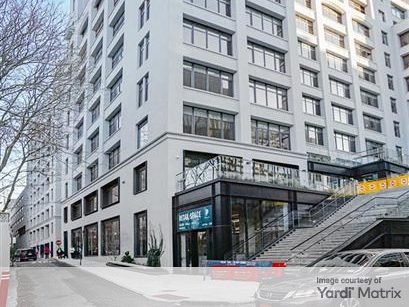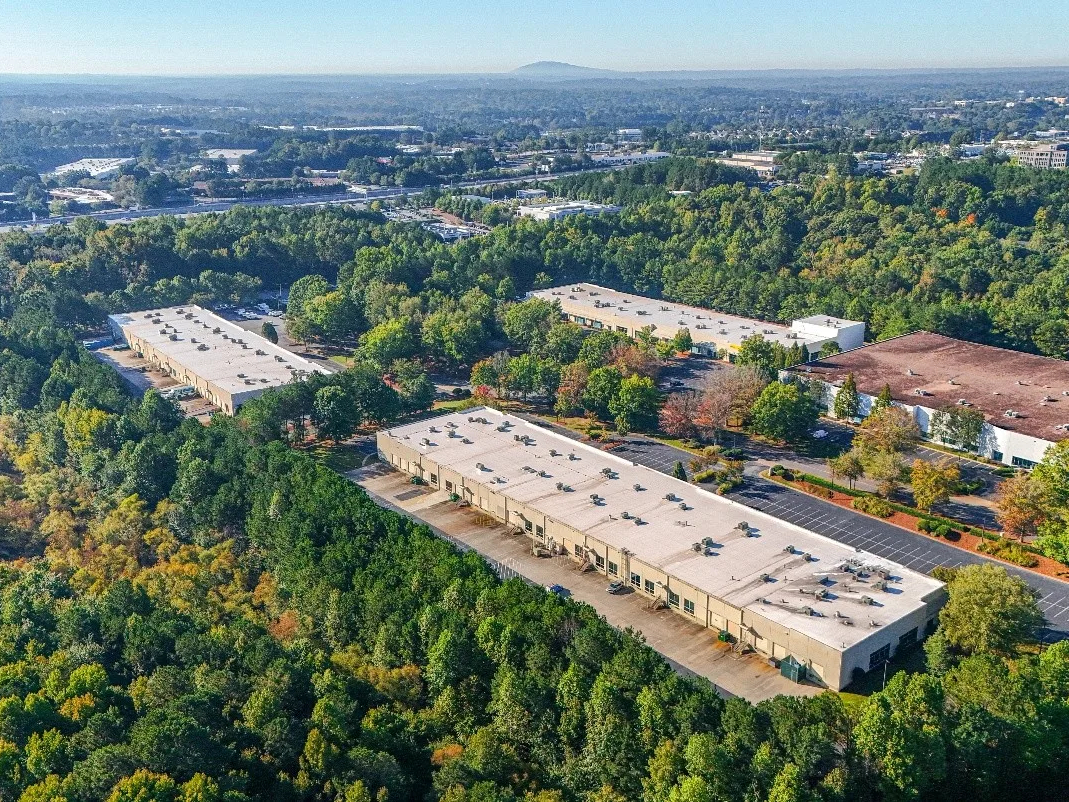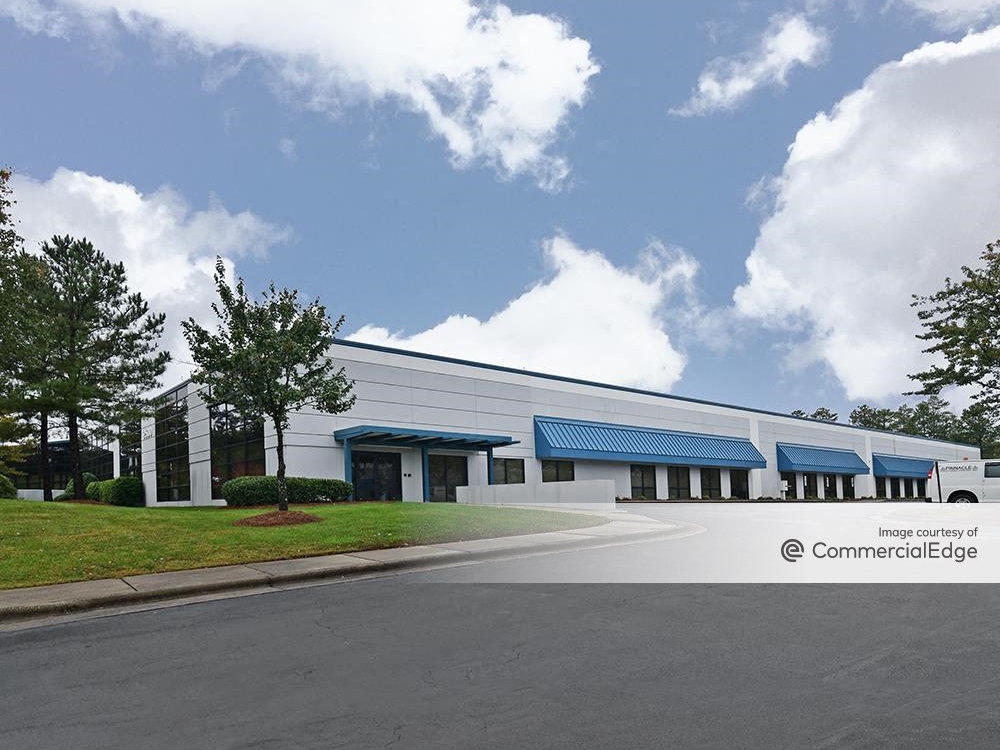What Will 2021 Look Like for Manufactured Housing Communities?
Bellwether Enterprise Senior Vice President MJ Vukovich discusses trends that have shaped the industry in 2020 and reveals his expectations for the year ahead.
In a year like no other, manufactured housing communities have outperformed most other asset types. Despite a difficult second quarter, the ever-growing need for affordable housing has pushed MHCs back to almost pre-COVID-19 numbers. This resilience has not been overlooked, with many important real estate players entering the industry or expanding their portfolio this year.
To understand the trends that have shaped the industry in 2020 and what industry players should keep an eye on in the year ahead, Commercial Property Executive reached out to MJ Vukovich, senior vice president at Bellwether Enterprise. He expands on how misconceptions about MHCs are keeping much-needed new supply from being developed and how the affordability of properties could be jeopardized as the market consolidates.
READ ALSO: Removing Roadblocks for Manufactured Housing
What were the unique challenges the industry has had to overcome in 2020?
Vukovich: It has definitely been better than many industries, but it has still suffered from some folks having job losses and hardships paying rent. The good news is that the jobs of many who live in MHCs are more easily replaceable than those in other asset types—like Class A multifamily—so the headwinds on MHCs tend to be surviving the periods of time where residents are out of work, which are short, but may come in a few waves.
The biggest issue facing the sector is likely the severe shortage of new supply. What can owners and local authorities do to improve this situation?
Vukovich: MHCs have long been a NIMBY product. City planners want nothing to do with it as it takes up a good chunk of land while offering little in taxes—plus the stigma that plagues MHC assets. If cities could see these manufactured homes as the low-income step to living in a neighborhood and incorporate them in their zoning plans, that would go a long way to help make new development possible.
What are some of the top pandemic-induced trends for the sector? Do you expect these trends to persist in 2021 and beyond?
Vukovich: Some of the biggest trends have been from two different areas. First, the entry of major private equity and institutional groups that were not previously in the niche. Second, the pressure from legislators to preserve affordability and tenants’ rights. The bigger groups that have gotten in the space have recognized MHCs’ integral nature to affordable housing in the U.S. and have seen that they are stable and recession-resistant assets that can produce predictable returns.
On the flip side, members of Congress have been taking a harder look at how to make sure that tenants have protections based on the fact that there is a dual equity situation—tenant owns their home and rents someone else’s land—so that will be a headwind to investors in the space, especially as the Federal Housing Finance Agency uses its influence on Fannie Mae and Freddie Mac, the two largest sources of financing for MHCs. I expect that both will continue in 2021 and beyond. I think we can expect some additional regulation of the space, but also increased liquidity as more and more major players enter the asset class.
How do you see big players influencing the sector at an operational level going forward?
Vukovich: Most big players now are purchasing properties with a view to holding them as an MHC for the long term. To that end, they are putting quite a bit of money into capital improvements, catching up on deferred maintenance and bringing in new homes to improve the longevity of the assets. However, with that has come the increase in lot rents to pay for these improvements, so many of the rents at these properties that were previously well below market are now being brought up to market, and that is leading to resident turnover.
How will market consolidation affect affordability?
Vukovich: There will be increased pricing that closes the gap between the other residential products in the market and MHCs. MHCs will always be less than the comparable residential types, but the gap will get smaller as the big, institutional groups come in, bring in new product and improve the quality of the properties.

How do you expect the four- and five- star communities to perform in 2021? What about assets at the lower end of the quality spectrum?
Vukovich: I expect that three-, four- and five-star properties will continue to do very well in the coming year. I believe you’ll continue to see a growing gap in the values and stability of three-star-plus parks and those below that become the standard, as the liquidity of the nicer classes of properties is so significantly stronger than in the lower-quality assets. As such, the working families of America will more consistently be picking homes in nicer properties—with retirees still choosing nice MHCs as an affordable spot to live in their post-working years—and more and more transient and less stable residents will be stuck in the lower-quality assets.
What are your predictions for the manufactured housing sector in 2021?
I predict that there will be continued consolidation, some increase in the amount of developments—as some areas begin to see the value of the product type—some more moves toward regulation, and further and further integration of institutional groups to drive prices of assets to higher levels.








You must be logged in to post a comment.